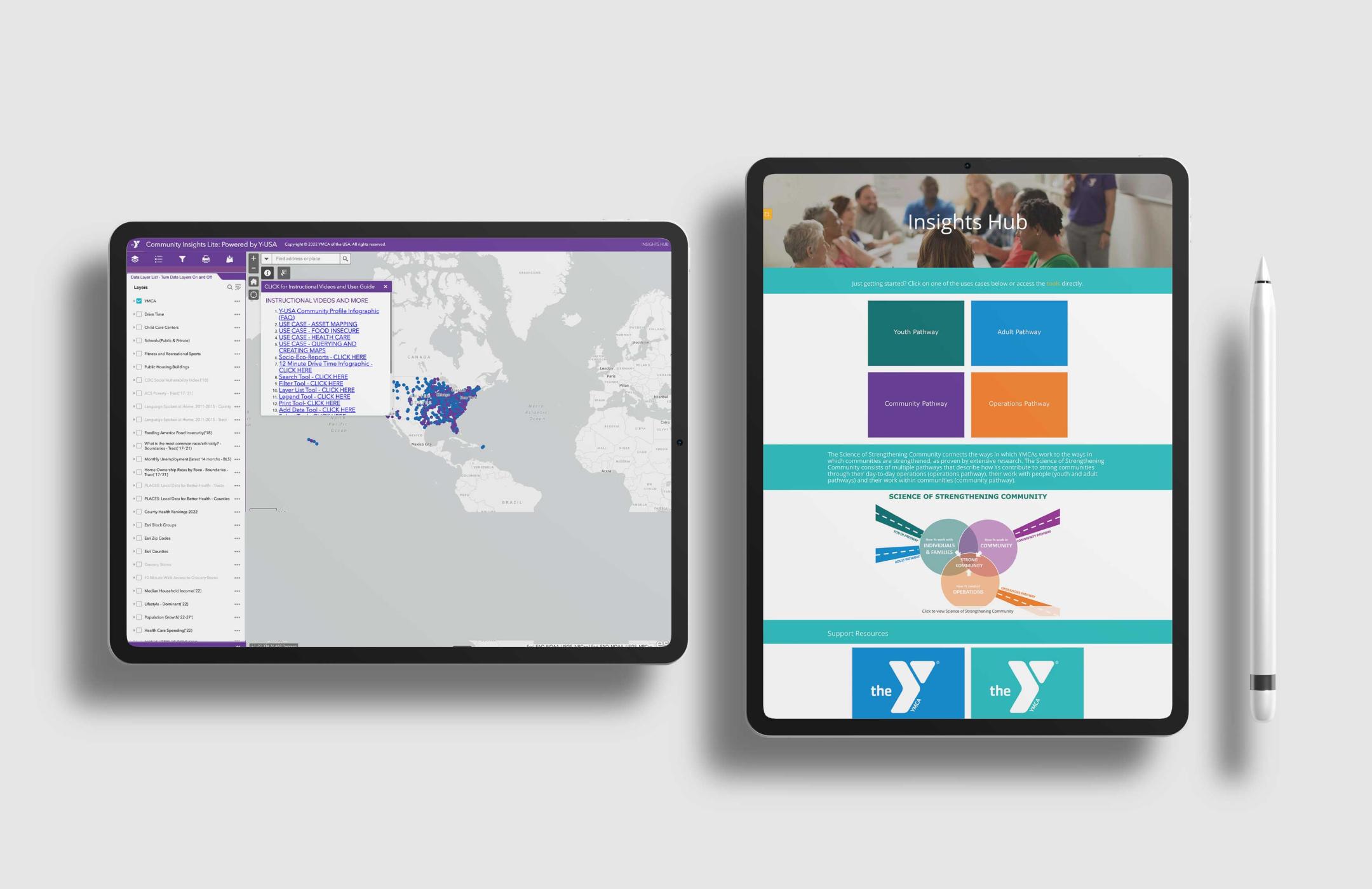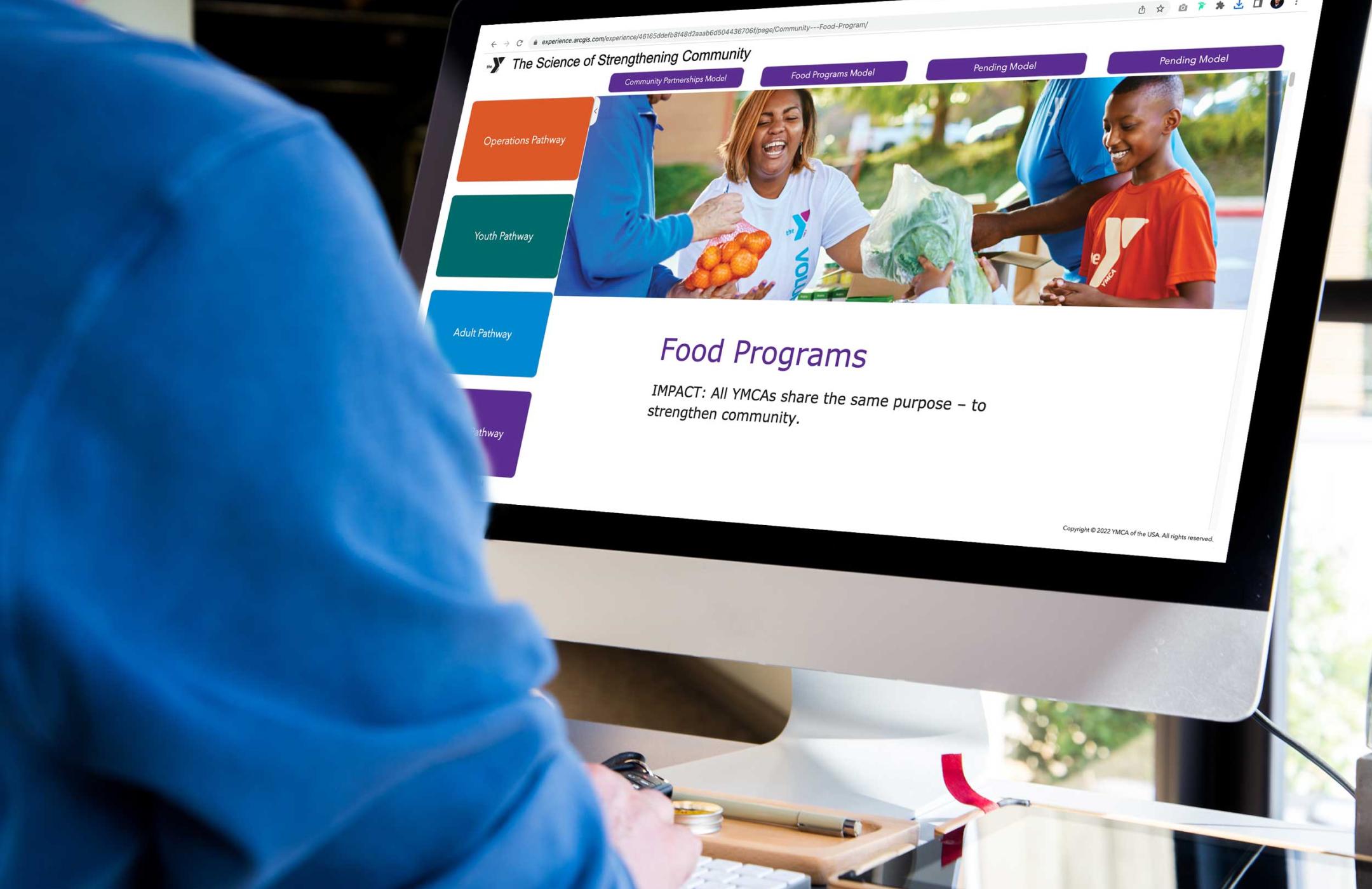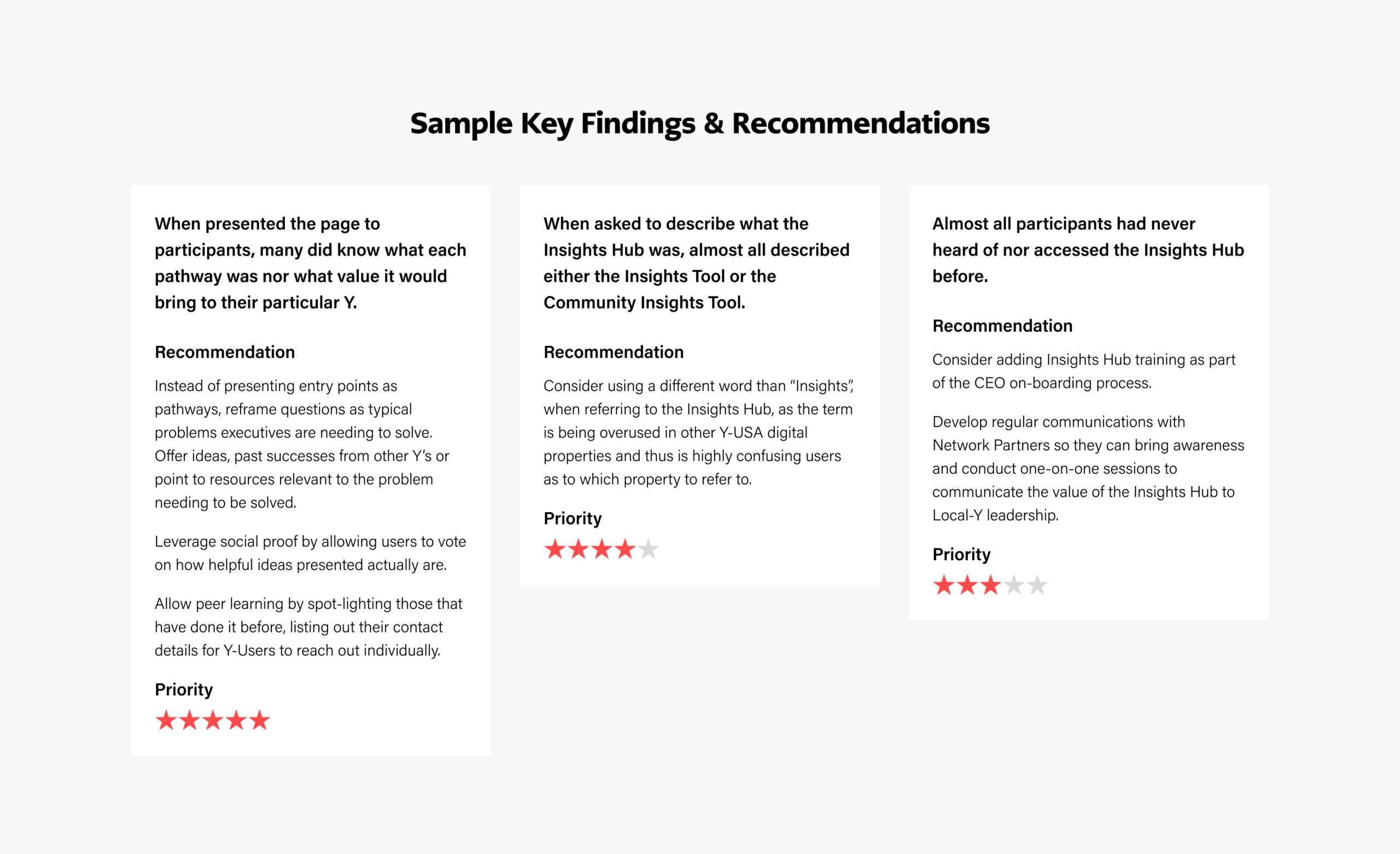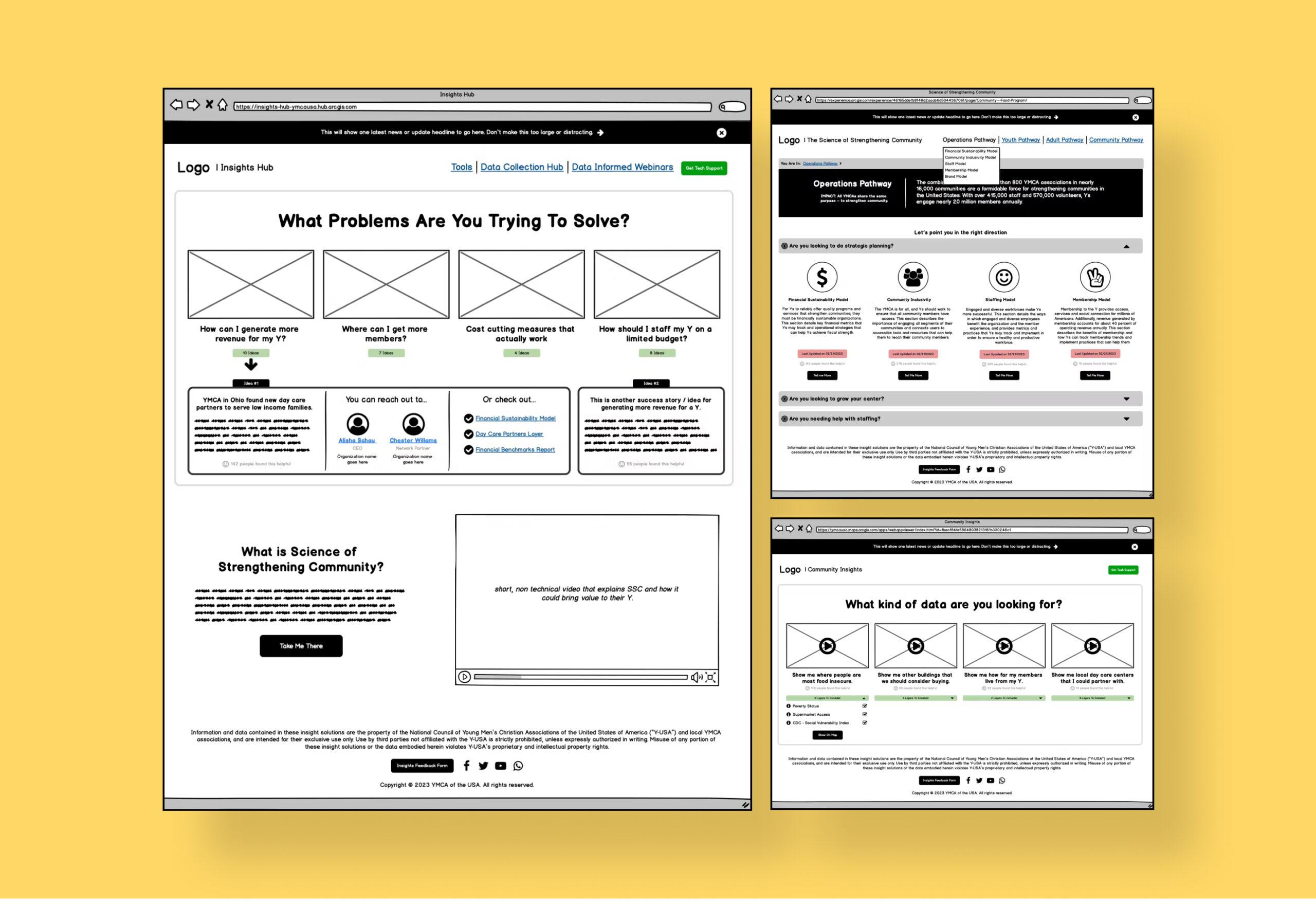Menu
Why Choose Us?YMCA of the USA

The YMCA ranks among the oldest and most well-recognized service organizations in the United States. There are more than 2,600 YMCAs located across all 50 states, plus the District of Columbia and Puerto Rico, that offer state-of-the-art sports and recreation centers, youth programs, summer camps for kids and families, educational programs for people of all ages and backgrounds, and community-based programs serving the underserved.
Since the first YMCA in the US opened in Boston, MA in 1851, YMCAs in the U.S. today serve 22 million people in 10,000 communities, collectively employ over 19,000 people, and engage with 600,000 volunteers.
The YMCA of the USA (Y-USA) is the overseeing body that enables the nation’s network of YMCAs to achieve their mission and goals, and to make available services that will enrich and strengthen YMCAs in carrying out their work. Headquartered in Chicago, IL, The Y-USA reported a total program activities budget of more than $95 million in 2021.
Many YMCAs operate like independent franchisees, with their own leadership, staff and fundraising operations. With the pandemic, many locations were forced to temporarily shut their doors and lay off staff as membership dues, counting for a large proportion of their operating revenues, were put on hold. As Covid restrictions were lifted, many YMCAs re-opened with strict social distancing measures in place that put a further strain on staff and resources. In response, the Y-USA developed a series of digital “self-service” tools to help individual YMCAs be more successful and resilient. The Y-USA’s online “Insights Hub” was intended to serve as a central repository where employees and volunteers could access educational and practical information, share documents and research, download important forms, and use online data-imaging tools to create maps and infographics.

They also created two other digital properties: the “Science of Strengthening Community” where users could find YMCA’’s own cutting-edge, academic research in community-building best practices; and “Community Insights,” which included a mapping tool for visualizing localized demographic and impact data to enhance their strategic planning, reporting and grant proposals.
In the months after launching its Insights Hub, the Y-USA web team wanted to understand how people were using the site. The lack of user feedback gave them an unsettling hunch that few people in the YMCA network were visiting the Hub, much less using its extensive resources and tools.
The team suspected that users were confused by how these tools were supposed to help them. There was little in the way of guideposts or instructions. What started out as well-intended online tools to help people become more efficient, morphed into a digital dumping ground that bore little resemblance to the intranet’s original intent. Instead of a time saver, users reported that it was taking too much time to find what they needed.
In essence, the Y-USA built these robust tools without considering how people would actually use them.
That’s when Y-USA reached out to the Usman Group for help.

We immediately recognized the potential of these digital tools for serving all YMCAs across the country, especially the smaller, understaffed locations with limited resources and budgets. What this client needed was a more efficient site design and better outreach to its user audiences to help them understand how the site could meet their needs.
We proposed a highly focused engagement to quickly uncover user needs and pain points to visualize a path forward. Our 3-step process entailed:

Internal Marketing
The Y-USA took our extensive recommendations and has implemented a comprehensive overhaul of its intranet to make the wealth of resources and tools accessible to its audiences. It has also embarked on an internal marketing campaign to promote special features and content of the site to elicit more engagement and build a community of users who can serve as site “evangelists” to their colleagues and partners.
Internal Communications
Our research also sparked conversations at the national level for improving internal communications. YMCA CEOs who we interviewed were new to their role and had not been adequately trained, so having tools and resources (like short videos) to be covered during the onboarding process would go a long way. Nearly all CEO’s expressed their displeasure with internal communications tools that inundated their inboxes with notifications and emails, and caused them to tune out most Y-USA communications.
Content Reframing
Our recommendations included a repackaging of content that considers a user’s needs first, get to answers quickly and make real-life, human connections with other YMCA experts who have done it before and can share insights about best practices with their peers.
Usman Group’s patience, easygoing attitude, and timely responsiveness were hallmarks of their work.
Senior GIS Data Analyst, YMCA of the USA

As the Y-USA staff continues to monitor user behavior, we continue to engage with them on capacity building and team training on how to conduct user research so that they can spot problems and better communicate challenges and opportunities throughout the organization.